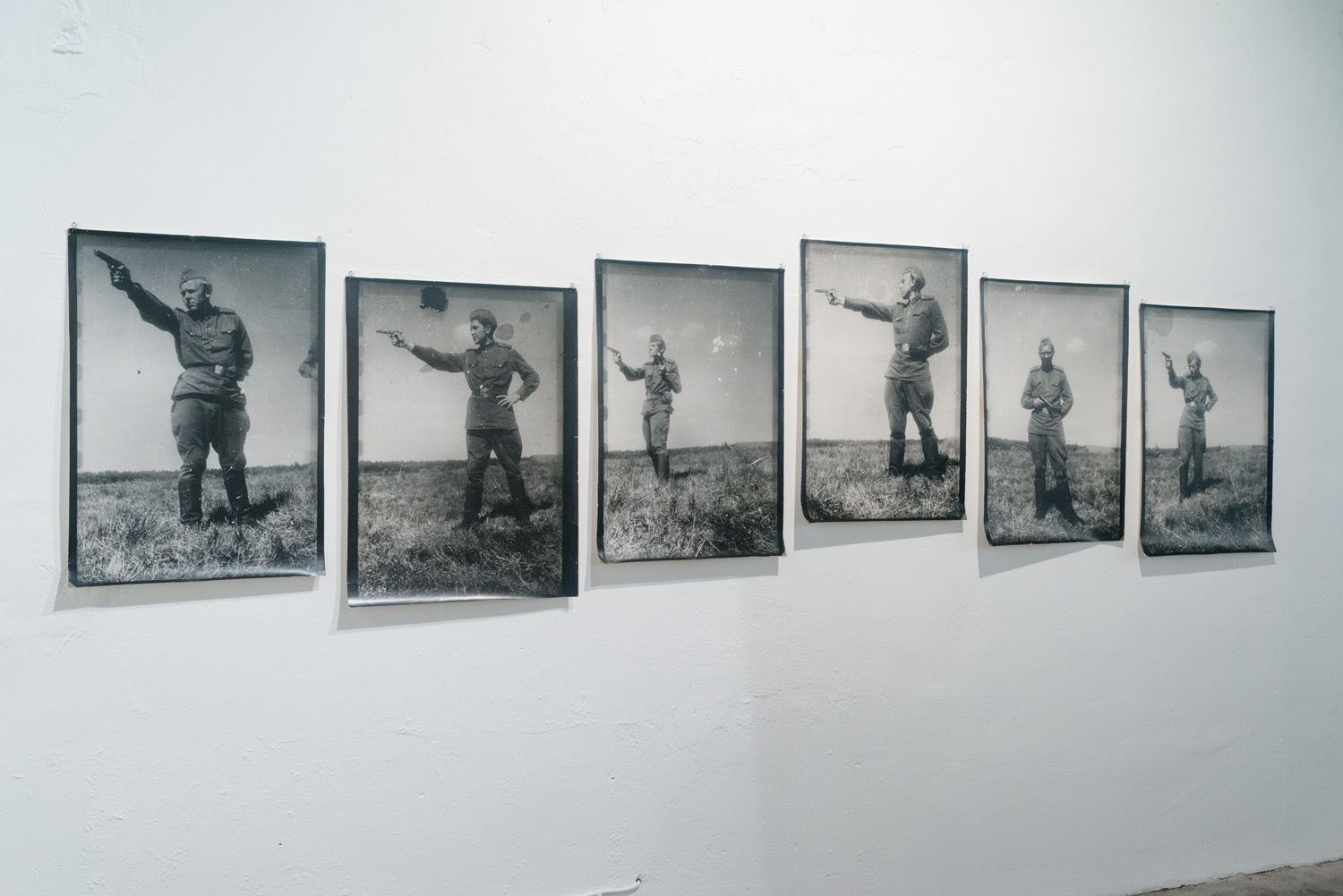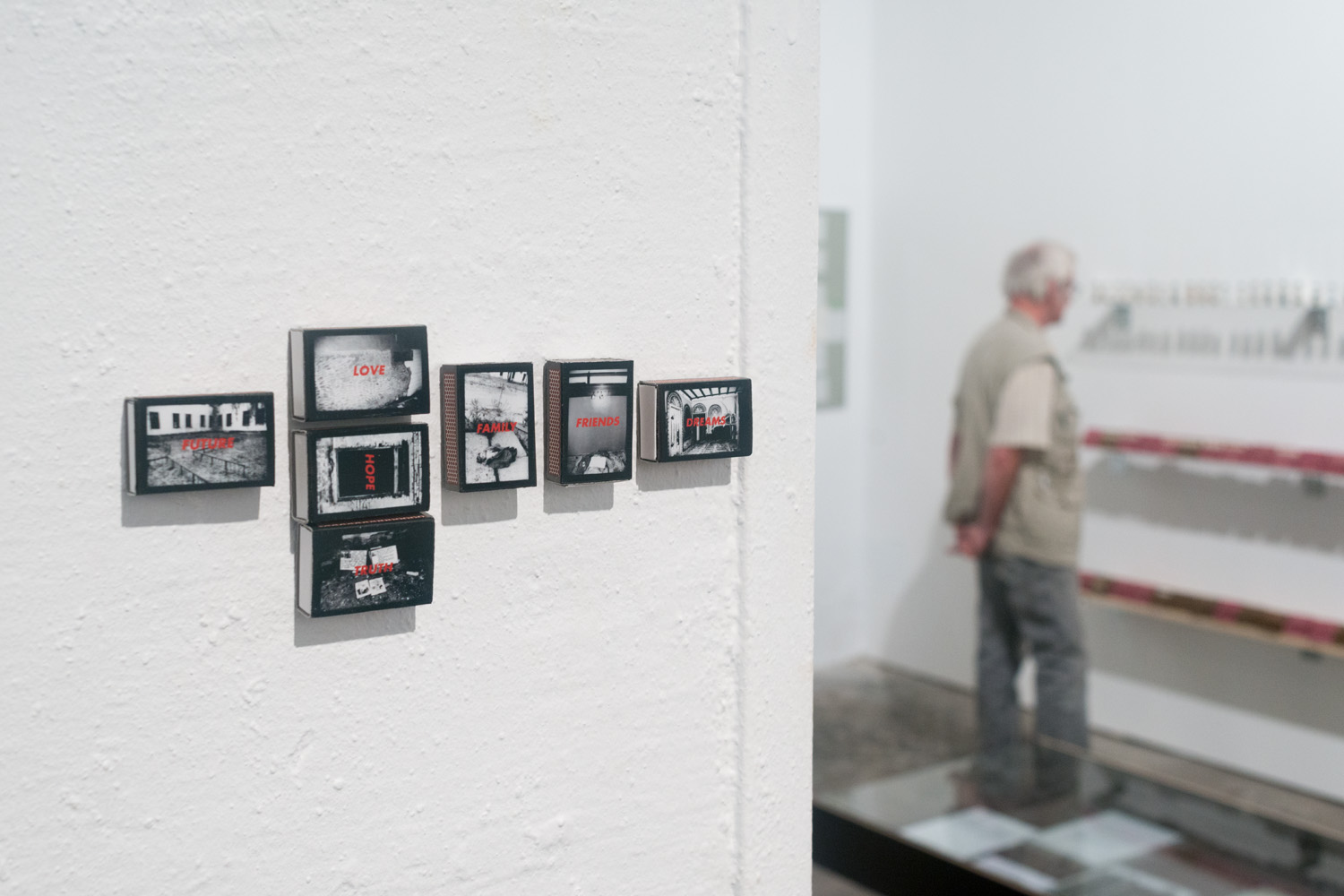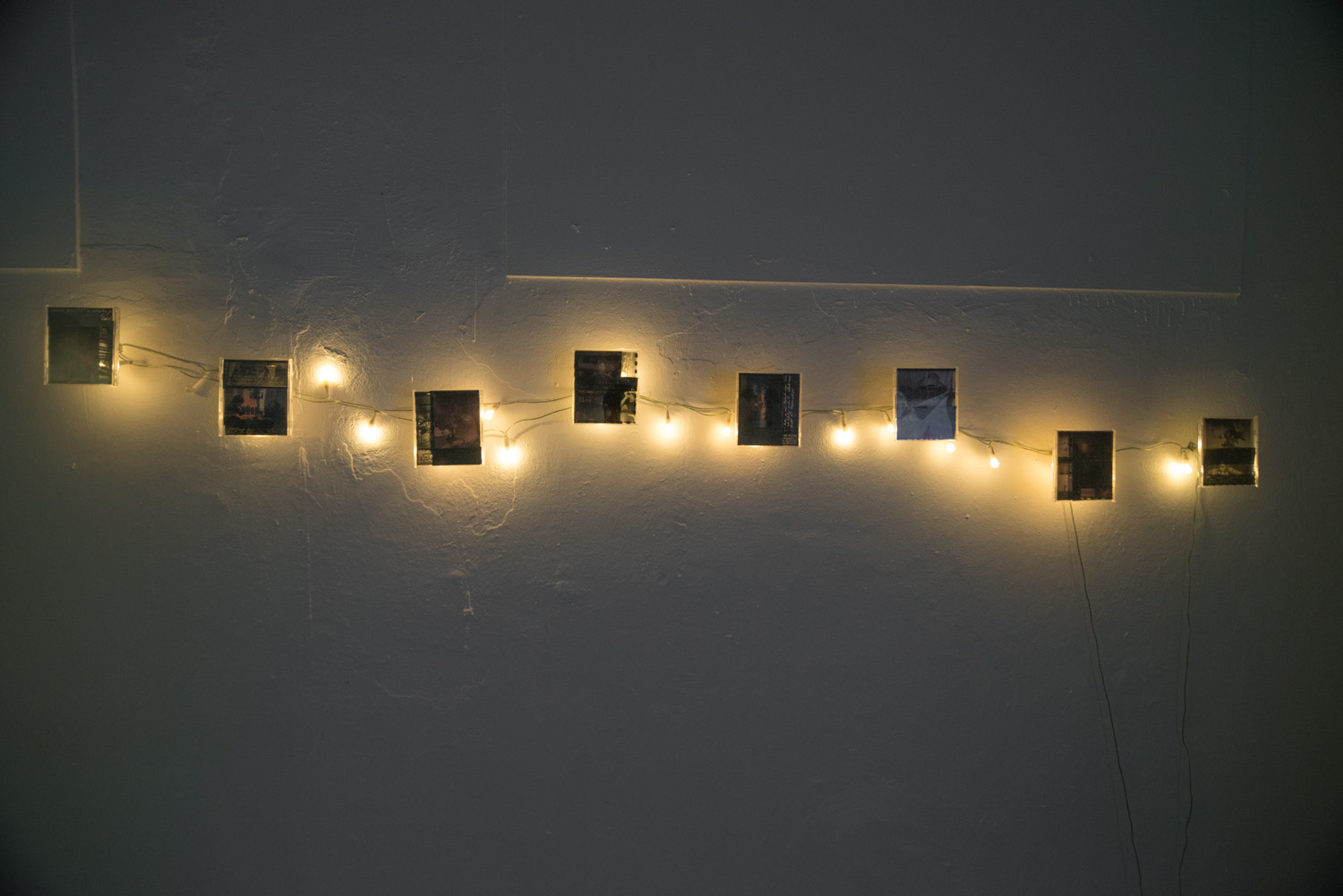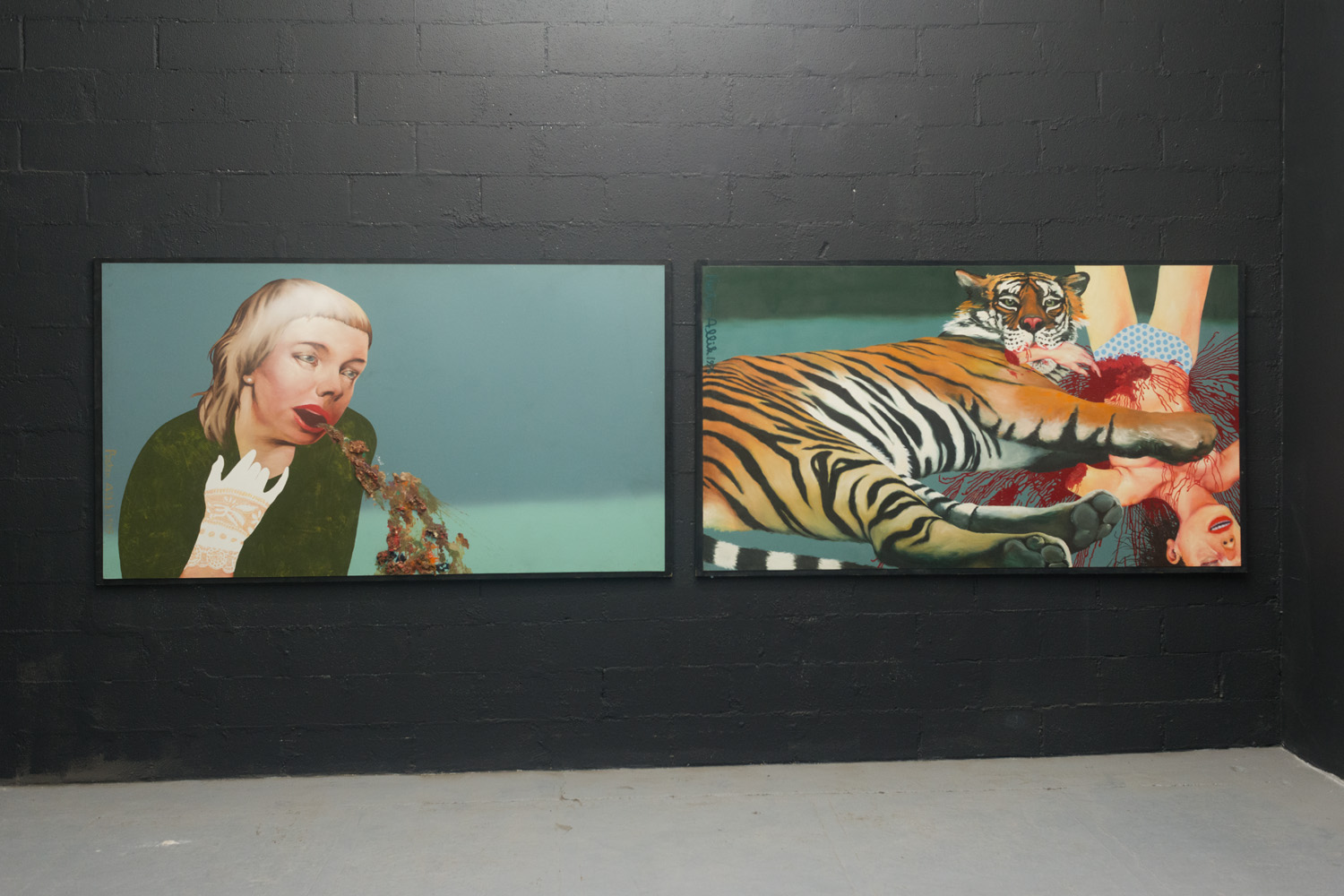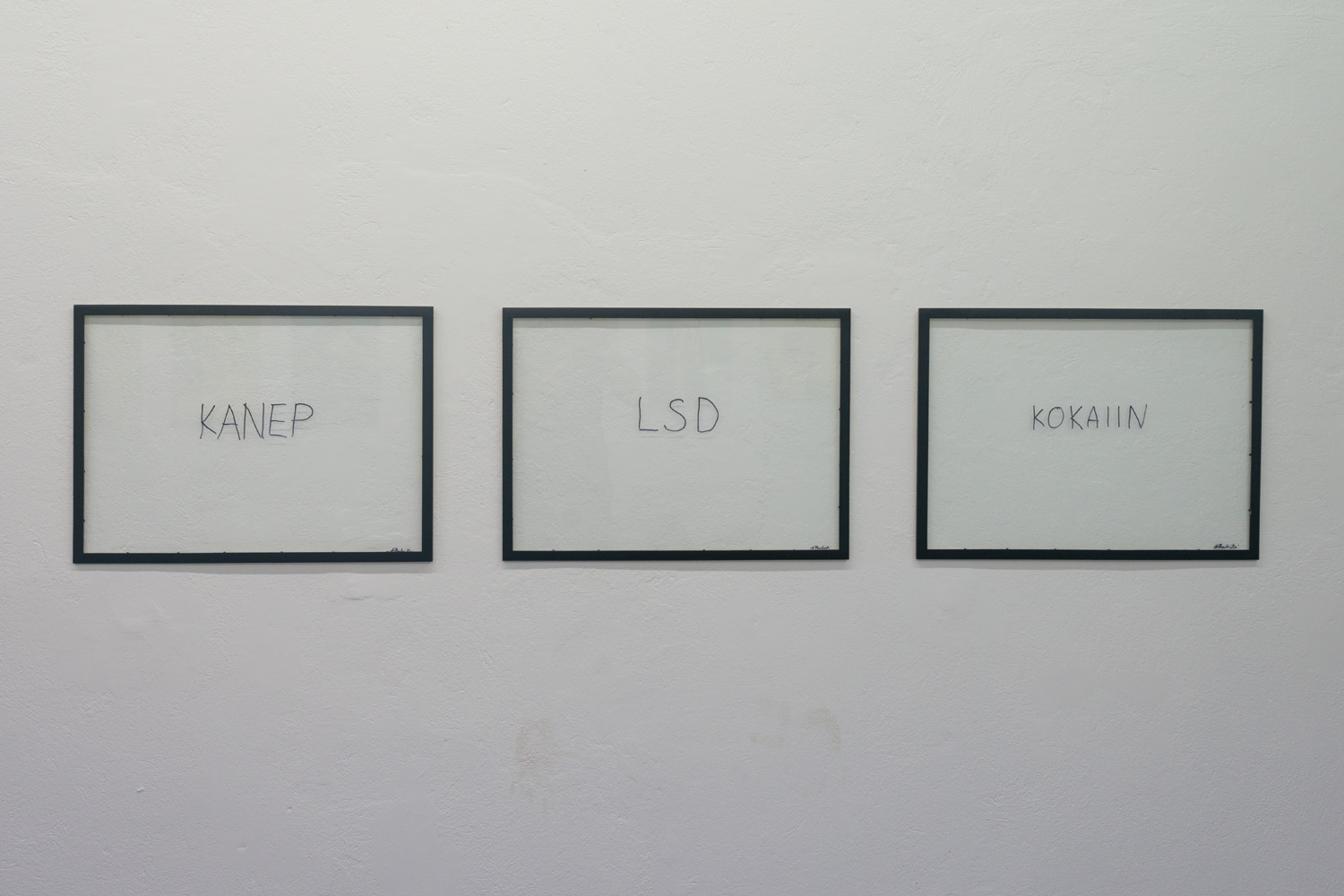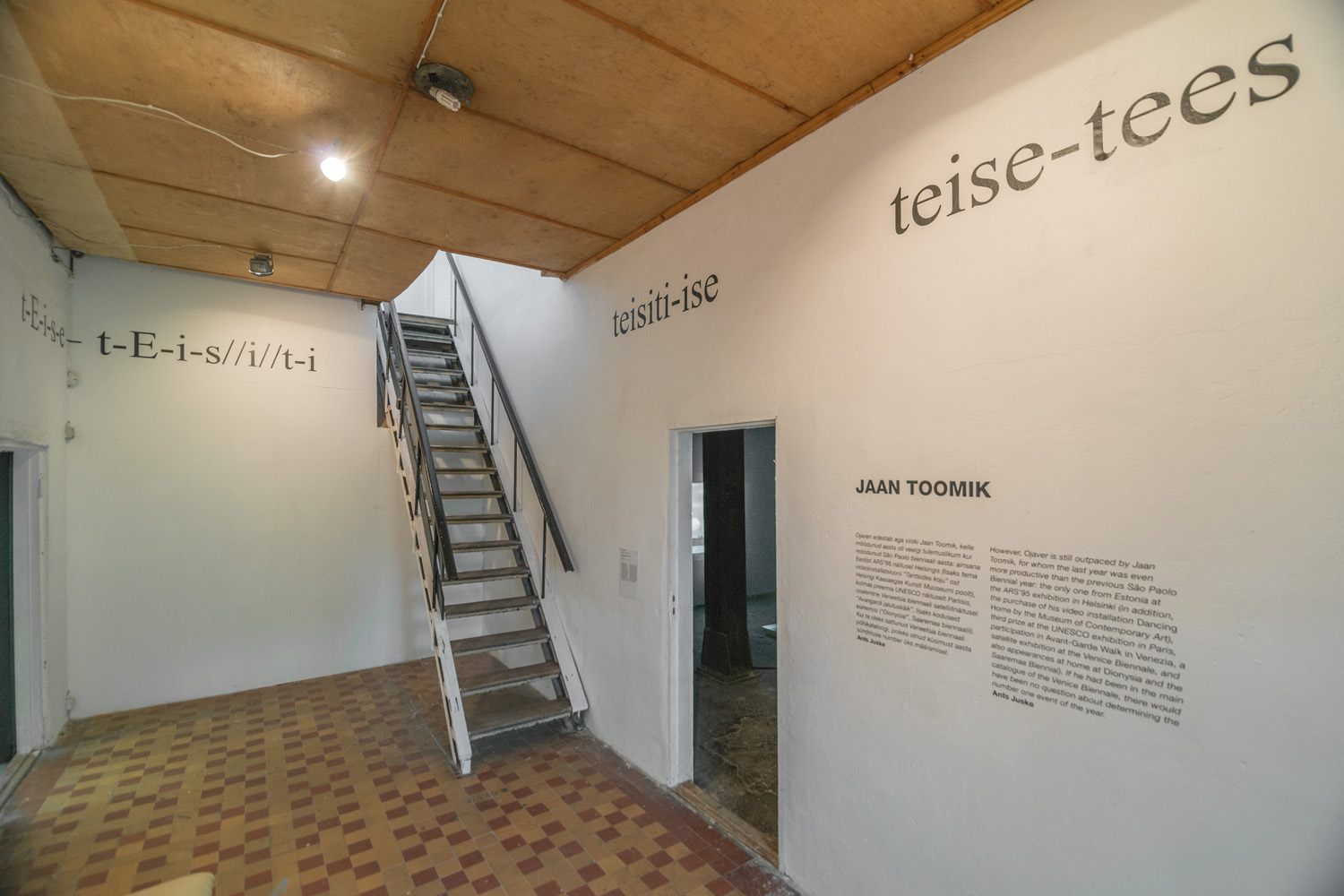Artists
Curators
So what happened in 1995? The “Singing Revolution” was over; the putsch forgotten; the Russian Army gone; Kurt Cobain dead and the M/S Estonia at the bottom of the sea. No, that year nothing very tragic or dramatic happened. Or did it?
At least in the field of art, at least in Estonia, 1995 was a very noteworthy year. In this year, the first Saaremaa Biennial took place; Jaan Toomik appeared at the ARS’95 exhibition and proved that an Estonian artist can be internationally successful. The Interstanding conference took place and mulled over the problems of new media in contemporary art; Estonian feminist art was born within the framework of Est.Fem; the Cultural Endowment of Estonia started its actual work and distributed its first stipends. The debate about “real art” based on the various positions of Toomas Vint, Linnar Priimägi, Mart Väljataga, Ants Juske and Peeter Linnap, who constantly talked past each other, started and lasted for several years… .
1995 is the axis on which this exhibition is constructed. We understand that our fixation on the year 1995 is conditional; some processes started earlier and some ended later. And yet, this year looms as something special among the others, as a breaking point. The art infrastructure started to stabilize; the first important international exhibition took place and the first significant international conference. From the viewpoint of clarifying the role of the curator, this was an especially important year. Despite the constant attacks by the conservatives, the actual setbacks (for instance, the reanimation of the annual Estonian Artists’ Association exhibitions) had yet to occur. This was the year when a solution was finally found for reviving the national art support system that had been left to languish since the end of the Soviet era: the Cultural Endowment of Estonia started up and thus museum purchases of contemporary art were reinstated.
With the exhibition 1995, we are making an attempt to reconstruct a significant moment in Estonia art with all its pluralism and multidimensionalism. Although we understand that creating an encompassing survey of 1995 is an almost impossible task (and we are not aspired to that), we want to conjure up the interesting works of art from the cultural subconscious of that time as well as re-establish a discoursive space around these works trying to shed light on its conflicting nature. Paraphrasing Peeter Linnap’s article “Ajaloo vabrik” in the Kultuurileht of 4 August 1995, it could be said in conclusion that an exhibition “that deals with historical problems, cannot be equated with art history, but rather it makes colors of history visible, the smells of history perceivable, and the sound of history audible.”
Press release prepared by:
Anders Härm & Hanno Soans
More info: +3725084570 / anders@ekkm.ee / www.ekkm.ee

